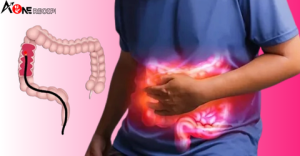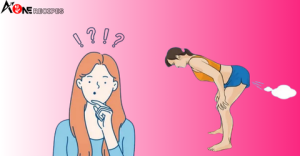A stroke is an emergency in which blood flow to part of the brain is cut off, depriving brain tissue of oxygen and nutrients. Although a stroke can happen suddenly, your body usually sends subtle signals days or weeks in advance. Early detection of these symptoms can save your life and give you time to seek medical attention and prevent a more serious stroke.
Here are the most common symptoms your body experiences in the month before a stroke:
- Sudden dizziness or loss of balance.
Feeling dizzy, lightheaded, or lightheaded for no apparent reason indicates reduced blood flow to the brain. If this feeling occurs frequently, it is a warning sign.
- Unexplained fatigue.
Unusual tiredness or weakness that does not improve with rest can be an early warning sign. This fatigue can occur even when you are not exercising, and it may be a sign that your brain is not getting enough oxygen.
- Vision problems.
Blurred, double, or partial vision in one or both eyes may precede a stroke. Many patients report visual disturbances days or weeks before the event.
- Recurrent headaches.
A severe or sudden headache — especially if it’s different from your usual one — can be a warning sign that you may be having a stroke or bleeding in the brain.
- Weakness or weakness.
Sudden numbness, especially on one side of your body (face, arm, or leg), is a major warning sign. If it comes and goes or feels strange, don’t ignore it.
- Difficulty speaking or understanding
Slurred speech, confusion, or difficulty finding words — even temporarily — can signal a transient ischemic attack (TIA), also called a mini-stroke, which often precedes a major stroke.
- A sudden change in mood or personality.
Anxiety, irritability, or sudden personality changes without a known cause can be signs of brain dysfunction or poor blood circulation.
- Loss of coordination or muscle weakness.
Uncoordinated walking, dropping objects, or difficulty walking can be warning signs of changes in motor control associated with a stroke.
- Facial drooping
Even minor facial asymmetries — such as an uneven smile or lowered eyebrows — should be taken seriously if they occur suddenly.
- Traumatic Stroke (TIA)
A mini-stroke is a temporary blockage of blood flow to the brain. Its symptoms mimic those of a stroke, but they resolve within minutes or hours. However, it is a major indicator that a full-blown stroke may soon occur.




